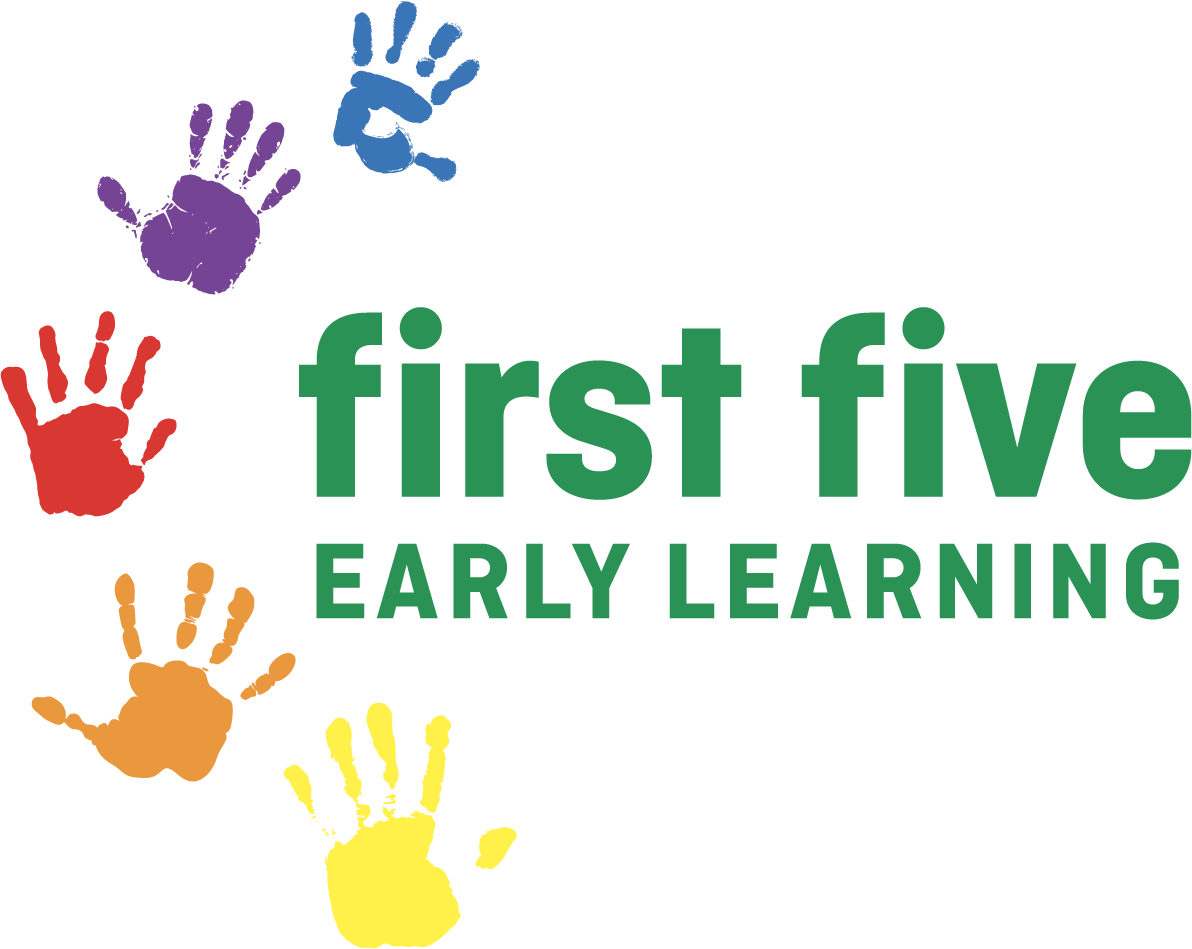
Blog #9: The Benefits of Bare Feet and Messy Play
Young children investigate how the world works through sensory play that engages the five senses – touch, taste, smell, sight and hearing. From infancy, babies study the properties of materials by mouthing and manipulating everything they touch. From an upright position, toddlers test out features of natural and built environments as they traverse and climb, and experiment with how materials go together, come apart and move. Children aged 3–5 years engage their imaginations through sensory play and become interested in the intricate mechanics of how things work. Three –to –five year olds also begin to assess and make judgments around risk in outdoor play as they identify and test their own limits on playground equipment and in natural surrounds. Engaging in a range of sensory experiences increases input into the brain to support children’s processing and understanding of sensory information through touch, taste, smell, sight and hearing.
The benefits of bare feet
Sensory stimulation through bare feet develops children’s brains due to an increase in the quantity and quality of sensory input. Feet contain multiple pressure points and nerve endings to convey messages throughout the body. The higher the sensory input, the greater the development of spatial awareness, balance, postural stability, coordination and safe body control and movement. Being barefoot and being outside also has benefits for emotional development as the nervous system experiences a more calm or relaxed state when children connect directly with the earth.
In the first five years, activation of muscles, ligaments and nerves in children’s feet are optimised through opportunities for barefoot play. As the structures in the foot develop and stimulation of the arches, ankle, knee and leg occur through sequential motor movement patterns, being barefoot promotes strength, flexibility and stability. Being barefoot also engages the senses, as children submerge their feet in sand and mud, feel the tickle of grass or the coolness of water. This process of ‘earthing’ enables children to connect physically to both natural and built features in their surrounds. As children learn to navigate hills and other surfaces and to climb playground equipment, being barefoot promotes safety as they grip with their toes and use their whole foot to stabilise their balance.
Some families may associate their child being bare foot, wet from water play, playing in mud or getting messy with greater risk of illness or exposure to germs. It is viruses that cause colds and flu rather than exposure to natural and sensory elements. Research on children’s health highlights the benefits of children engaging with natural elements including the development of a healthy immune system, leading to a higher level of immunity against illness. The multiple benefits of messy play are explained below.
The benefits of messy play
Messy play is sensory-rich and engages children as natural-born scientists, interested in the properties of materials and how things work. Through messy play, children explore how the properties of materials change when mixed or combined with other materials. Messy play invites concentration and problem-solving as children investigate stability and change in textures, consistency, temperature and colour. Similarities and differences between materials are also explored.
Messy play is inclusive for all children as there is no right or wrong way to engage in sensory-rich, open-ended learning experiences. Sensory forms of play are brain builders as the senses provide rich input to the brain and bridge nerve connections. From a cognitive perspective, messy play promotes concentration, problem-solving, identifying similarities and differences, differentiating the properties of materials, language development, curiosity and imagination.
From a physical perspective, messy play promotes hand-eye coordination and fine motor skills as children develop strength and dexterity in their fingers, hands, wrists, arms and shoulders to make small movements as they reach, grasp, hold, mix and join materials together. Gross motor development including balance, coordination and strength is promoted as children jump in water, chase bubbles, dig in sand, traverse and climb, and collect and carry natural materials. Eye-tracking and spatial awareness are also developed through messy play.
As young children grow and eventually transition to school, their readiness to learn in formal schooling is dependent on physical development, oral language skills, positive dispositions toward learning and social-emotional skills, all of which are developed through sensory-rich, open-ended messy play.
Supporting sensory play
As adults, we have individual preferences for different textures, tastes and levels of sensory input. These preferences were developed through our own learning about the world and, sometimes, our own experiences of being denied different types of sensory input (e.g., getting messy, playing outside, being barefoot). Sometimes, adults may wish for their child to avoid different sensory experiences based on their own preferences, but it is important to understand how sensory deficiencies can impact a child’s motivation and willingness to engage in learning and life experiences. When children are denied a broad range of sensory experiences and input, they may be over- or under-sensitive to new experiences due to difficulty with processing and understanding sensory information. As adults, we have a role to play in supporting children’s engagement in sensory play so they too can develop individual preferences and strategies for managing their response to sensory input. Families can support sensory play in the following ways.
- Plan for sensory play. Gather materials which engage the senses (e.g., paints, slime, playdough, sand, water, bubbles, shaving cream, twigs, stones, dirt, bark, leaves, clay) and provide an appropriate play space and time where your child can explore the materials freely and without concern for making mess.
- Promote sensory play in both indoor and outdoor play spaces. Visit parks and beaches, go bare foot (always check the surrounds first), listen to sounds in nature, and enable children long blocks of time to play. Celebrate the sensory experiences the natural world affords such as jumping in puddles, feeling the wind and rain on your skin, traversing and climbing natural features, and playing with sand and water.
- Notice your child’s preferences for sensory play (e.g., water play) and encourage their engagement. Introduce more complex materials over time, become a co-player with your child and introduce ways for them to problem-solve using their preferred materials. Follow your child’s lead in the play and enjoy your time playing together.
Dr Melinda Miller
Director of Early Learning


